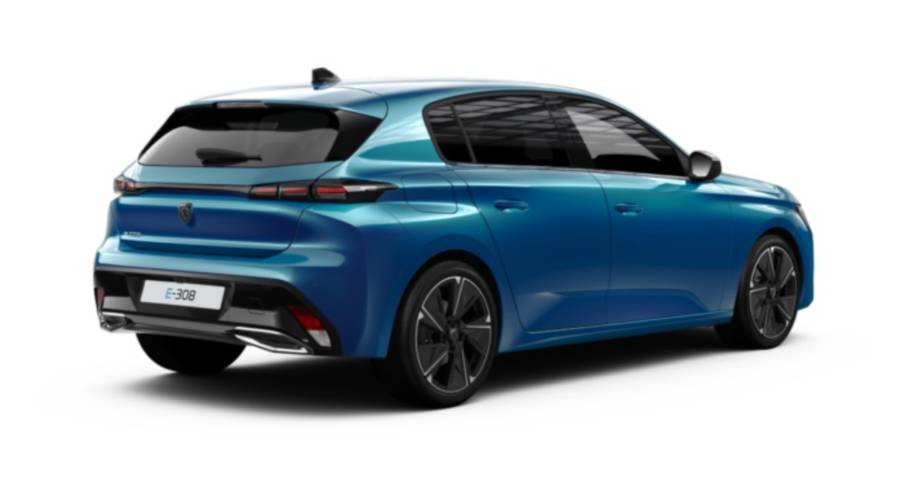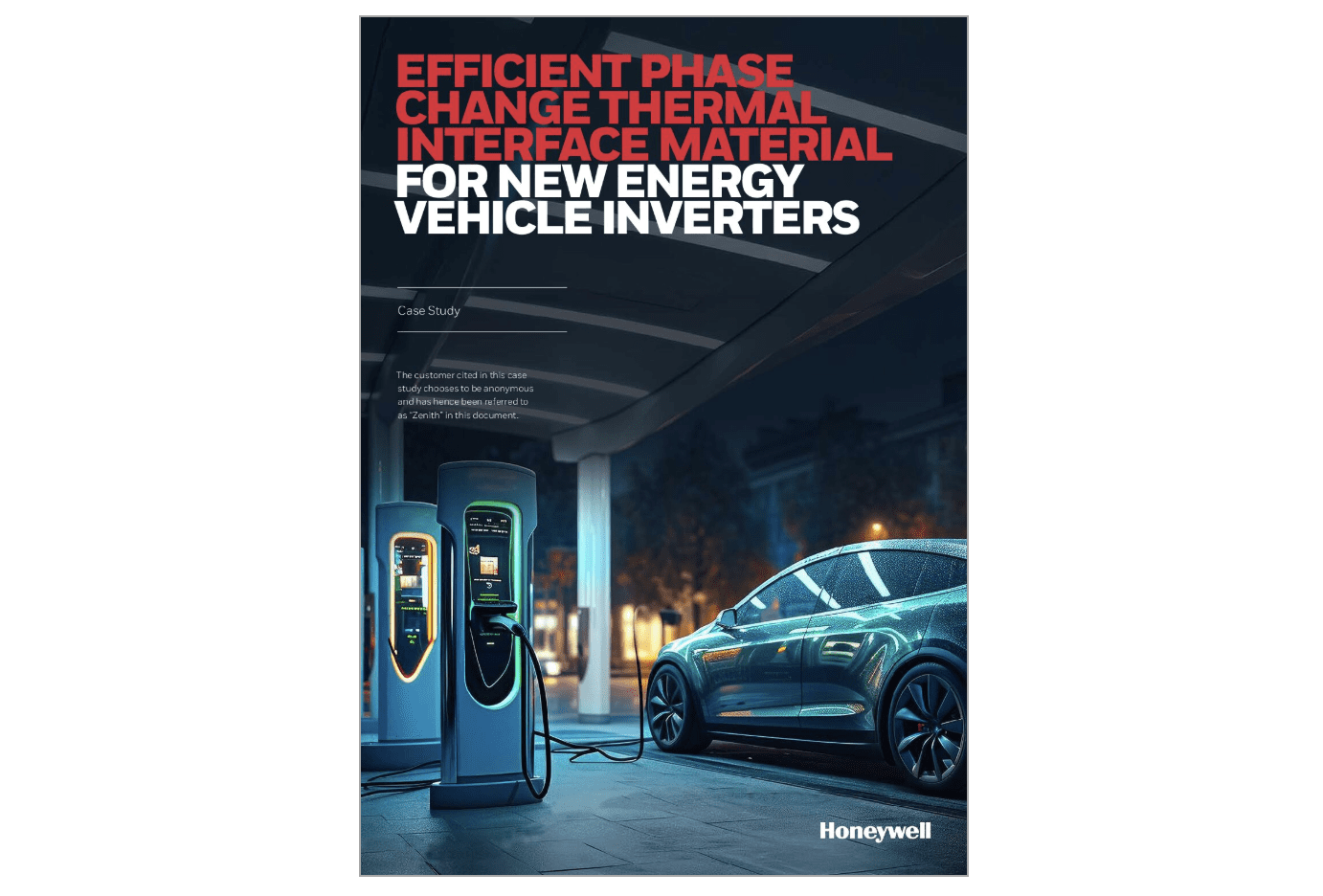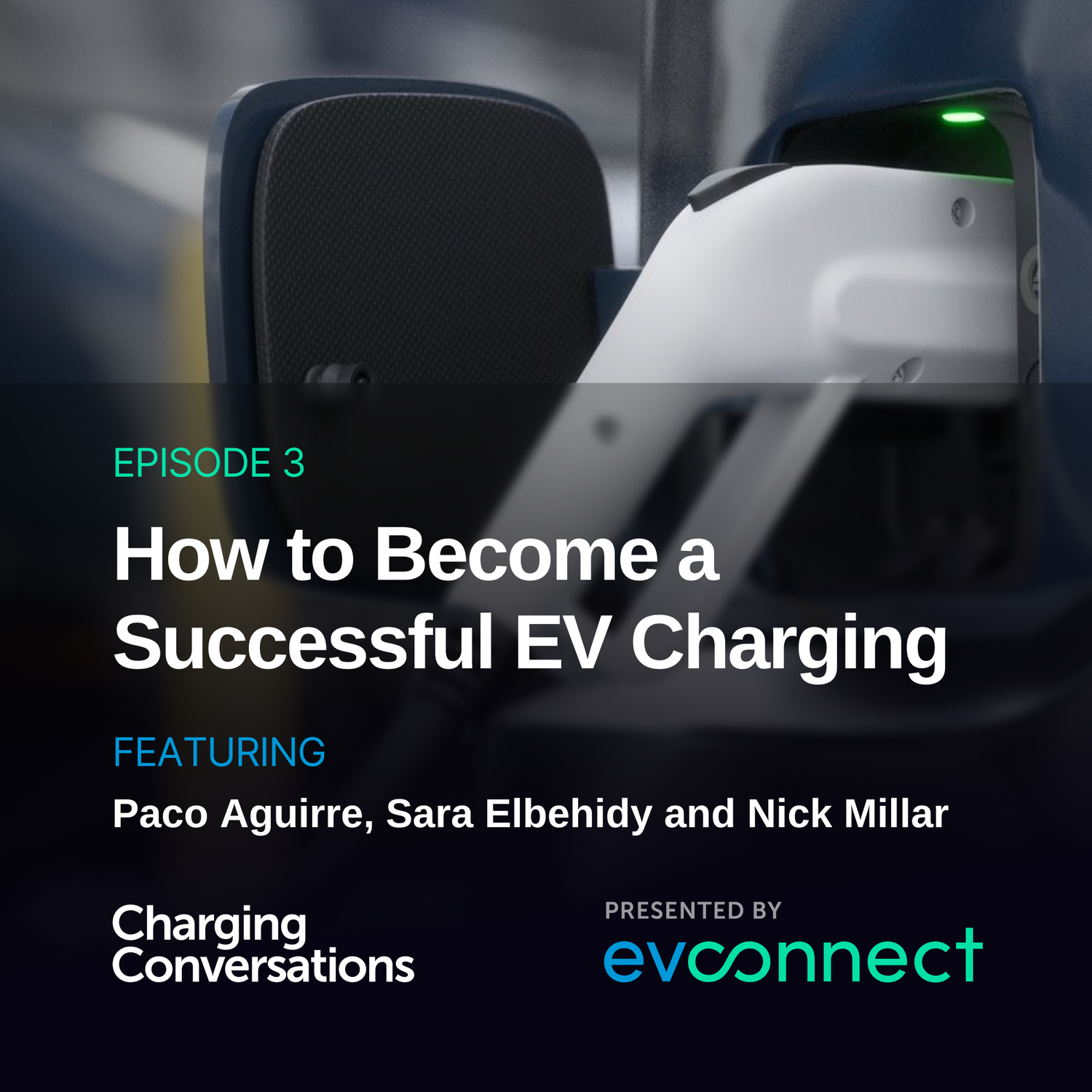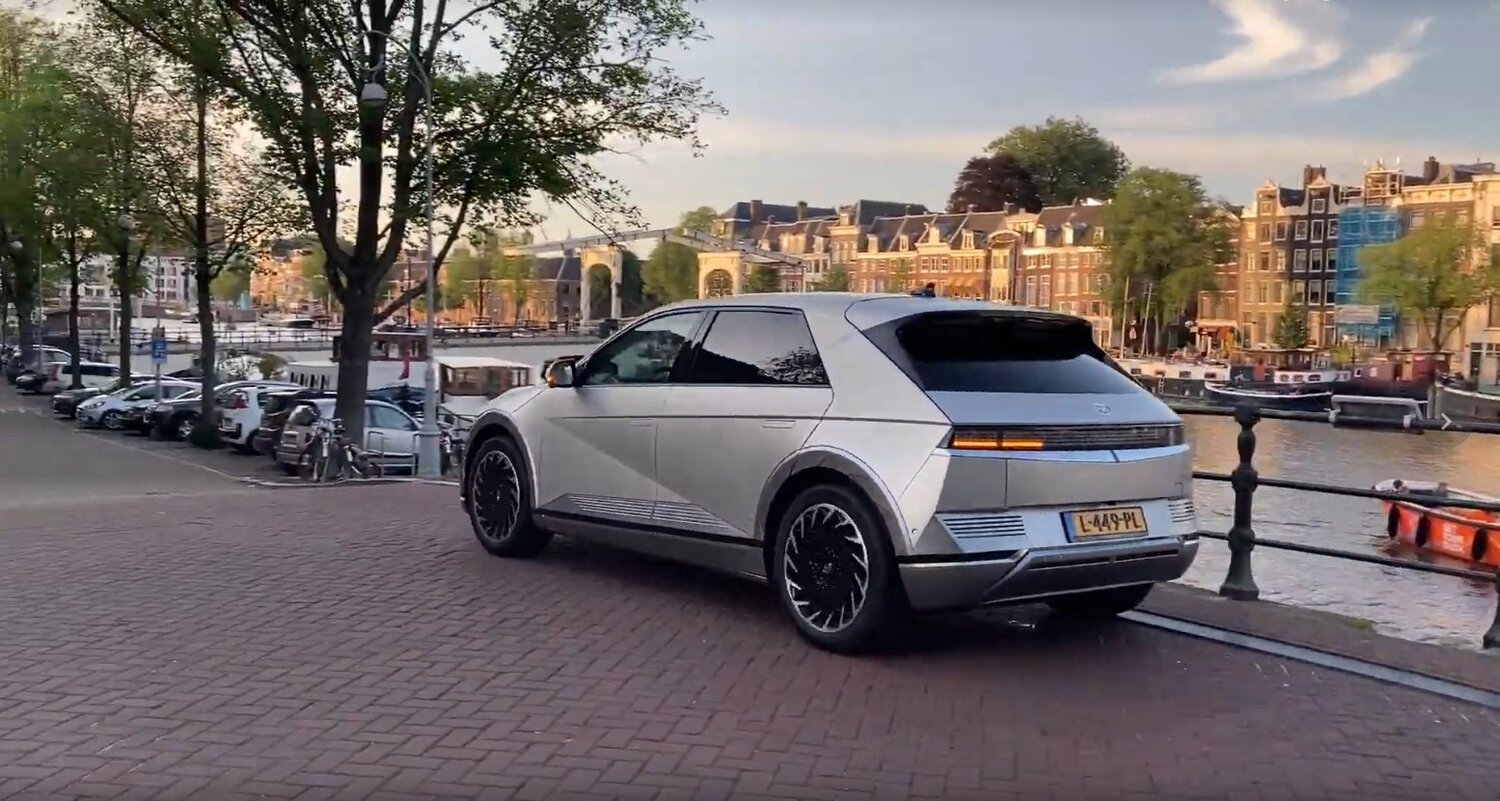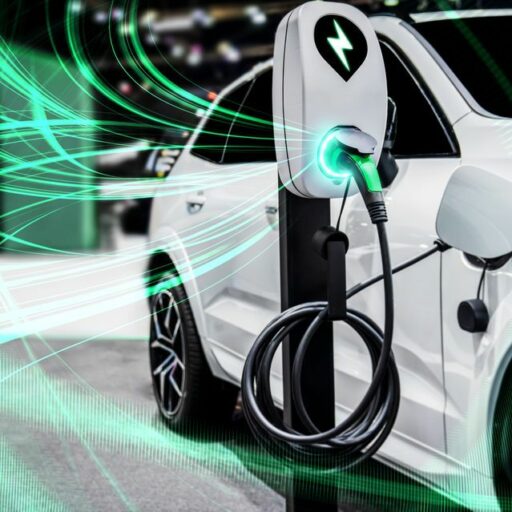Overview
Peugeot is part of the Netherlands based Stellantis N.V., which was formed by the merger of Fiat Chrysler Automobiles (Italian/ American) and Groupe PSA (French). You may not be familiar with these names, but the automotive brands in the combined portfolio would be well known to most consumers. These include: Maserati, Opel, Vauxhall, Jeep, FIAT, Alfa Romeo etc.
Peugeot was founded in 1810 in Eastern France (Sochaux). The company was founded by Jean-Frédéric and Jean-Pierre II Peugeot. The company continues to be based at Sochaux. The first Peugeot vehicle was manufactured in 1889. It was a three-wheeled steam-powered car. The vehicle was shown at the World Fair in Paris the same year. Since then, Peugeot has achieved an enviable track record of success. The company has won many awards for its passenger cars, to include, six European Car of the Year awards. A notable success was the best-selling Peugeot supermini launched in 1983. The company has also achieved a rich heritage in motor racing.
The company currently has the following battery-electric vehicles (BEVs) and plug-in hybrid electric vehicles (PHEVs):
Electric Cars: The Basics
For those of you new to zero-emission electric driving, we recommend a read of the following articles:
Sign up to the e-zoomed Electric Living newsletter
The All-Electric Peugeot e-308 hatchback
The internal combustion engine (ICE) Peugeot 308 family hatchback (C-segment) was unveiled and launched in 2007 replacing the Peugeot 307. In the same year, the company showcased a prototype hybrid (diesel-electric) 308 at the Frankfurt Motor Show, which was followed by the Prologue concept car at the 2008 Paris Motor Show. The third-generation Peugeot 308 was unveiled and launched in 2021 (developed on the Efficient Modular (EMP2) platform). In the same year, the 308 was also offered as a plug-in hybrid vehicle (PHEV) variant. The Peugeot 308 is the first model that is offered in three powertrain variants: internal combustion engine (ICE), plug-in hybrid electric vehicle (BEV) and battery-electric vehicle (BEV).
The five-door five seat Peugeot e-308 pure electric hatchback was introduced in September 2022. The Peugeot e-308 uses the EMP2 V3 multi-energy platform (evolution 3 of EMP2 platform). This platform is also used for plug-in hybrids and conventional internal combustion engine (ICE) vehicles. The primary focus of the platform is for compact and mid-sized cars. Some of the cars developed on the EMP2 V3 platform, include: the Citroën C5 X, Opel Astra (Vauxhall Astra) and Peugeot 408.
The Peugeot e-308 is available in only one EV battery size: 54 kWh (Lithium-ion), with a claimed range up to 257 miles (WLTP). Adjusting for real-world driving conditions, expect an electric range up to 225 miles on a single-charge. In comparison, the all-electric Renault 5 hatchback has a 52 kWh onboard EV battery with a claimed 248 miles. It is true, in that, there are many EVs with a larger onboard EV battery. However, it is not necessary to buy an EV with the largest onboard EV battery. Most day-to-day driving needs are short distances (school runs, local high street etc), and a smaller onboard EV battery will be more than adequate. In any case, the Peugeot e-308 offer a practical real-world electric range, for both, urban and motorway driving.
For those new to electric driving, it is worth noting that a number of factors can impact the claimed e-range. Some of these include: driving profile (speed/braking), weather conditions (temperature/ wind), terrain (topography/ road surface/ road condition), vehicle weight, regenerative braking and other factors.
The Peugeot e-308 electric hatchback has a 11 kW AC (three-phase) onboard charger as standard. As most homes in the UK are powered by single-phase power supply, EV charging will be limited to 7.4 kW AC. The BEV can be charged 0%-100%: 7 hrs 20 mins via a dedicated single-phase smart EV charger. Using a domestic 3-PIN socket to charge the EV will take 14 hrs 40 mins. Three-phase EV charging will take 5 hrs 46 mins for a full charge.
We at e-zoomed encourage using a dedicated smart solar compatible EV charger for home charging. e-zoomed offers a wide range of high quality residential EV chargers (supply and installation). The e-308 BEV offers up to 100 kW DC charging capability. The EV can be charged 20%-80% in 30 mins (up to 100 miles in 12 mins). Peugeot offers as standard a 8 years or 100,000 miles EV battery warranty up to 70% of original capacity. Though this is now the industry standard, some automotive manufacturers offer even a longer EV battery warranty period.
We at e-zoomed encourage EV owners to install on-site (home or business) solar PV and battery storage. It is a fantastic way to leverage the potential for lower cost of ownership of an electric car, and also achieve ‘well-to-wheel’ zero-tailpipe emissions. We at e-zoomed offer a number of fantastic solar PV and battery storage bundle offers!
Given the increased maturity of the UK EV sector, there is a fantastic choice of pure electric hatchbacks for EV buyers in the UK. Apart from the Peugeot e-308, other e-hatchbacks to consider, include: the all-electric Renault 5 E-Tech, the all-electric Dacia Spring, the all-electric BYD Dolphin and the all-electric MG4 EV.
The Peugeot e-308 is 4.36m long and 1.46m tall (1.85m wide). In comparison, the Renault 5 is 3.92m long and 1.49m tall, and the MG4 EV is 4.28m long and 1.50m tall. The e-308 does not have a frunk and offers a 361 L boot (up to 1,271 L with rear seats folded down). It is not surprising that the e-308 does not offer a frunk, given the EV has not been developed on an EV dedicated platform. A frunk is perfect for storing the EV charging cable!
The Renault 5 and the MG4 EV offer 326 L and 363 L boot space, respectively. The exterior styling of the Peugeot e-308 is a good balance between a futuristic and traditional design language. The conventional petrol-powered 308 looks the same, except for a few tweaks (the ‘E’ badge signifies the all-electric version)!
The Peugeot e-308 has yet to be awarded the Euro NCAP Safety Rating. The EV offers the following safety features, as standard: intelligent speed adaption, cruise control and speed limiter, adaptive cruise control, lane keeping assist, speed limit recognition, active safety brake, driver attention warning, acoustic vehicle alerting system (AVAS) and more. In terms of technology, the EV incorporates the Peugeot i-Cockpit and 10″ head-up digital instrument panel, Apple CarPlay and Android Auto as standard.
The interior quality of the cabin reflects the premium price! The EV offers adequate headroom and legroom for adults seated in the rear. However, the floor is not flat as in some pure electric cars built on a dedicated EV platform! The EV offers up to 34L interior storage.
The front-wheel drive (FWD-single-motor powertrain) Peugeot e-308 can achieve 0-62 mph in 9.8 seconds (maximum power: 156 HP/ torque: 270 Nm). The top speed of the electric car is 106 mph. In comparison, the Renault 5 can achieve 0-62 mph in 8.0 seconds. The Peugeot e-308 BEV has three driving modes: Sport, Normal and Eco. The EV also incorporates two levels of regenerative braking: moderate and increased (B-Mode). For maximum range best to use the Eco and B-mode. The BEV has a 14.9-15.6 (kWh/100km) electric energy consumption. Though the EV offers a heat pump, it is an optional extra. We recommend choosing this option, to further enhance the efficiency of the vehicle.
Is the Peugeot e-308 a good car? We believe the electric car has much to offer. However, the higher pricing makes the BEV less attractive. Prices start from £36,805. Company-car drivers can take advantage of the lower Benefit-in-Kind (BiK-2%) tax rate for pure electric cars. The Peugeot e-308 electric can be leased via e-zoomed at fantastic prices (to include salary sacrifice offers). Bottom-line, electric driving is good for the environment and the wallet.
| PROS | CONS |
|---|---|
| Decent practical electric range and AC/DC charging capability | Cheaper alternatives available |
| Interior cabin premium quality | Heat pump is not standard |
| 11 kW AC onboard charger as standard | Not developed on a dedicated EV platform |
Gallery


The All-Electric Peugeot e-308 hatchback (credit: Peugeot)
| At A Glance | |
|---|---|
| EV Type: | Battery-Electric Vehicle (BEV) |
| Body Type: | Hatchback |
| Plug-In Car Grant (PiCG): | Not Available |
| Engine: | Electric |
| Available In UK: | Yes |
| £ Variants (2 Options) |
|---|
| Peugeot e-308 Allure (from £36,805) |
| Peugeot e-308 GT (from £39,055) |
| EV Battery & Emissions | |
|---|---|
| EV Battery Type: | Lithium-ion |
| EV Battery Capacity: | Available in one battery size: 54 kWh |
| Charging: | 100 kW DC rapid charging standard (20%-80%: 30 mins). Onboard charger 11 kW AC (0%-100%: 5 hrs 46 mins)/ 7.4 kW AC (0%-100%: 7 hrs 20 mins) |
| Charge Port: | Type 2 |
| EV Cable Type: | Type 2 |
| Tailpipe Emissions: | 0g (CO2/km) |
| EV Battery Warranty: | 8 years or 100,000 miles (70% of original capacity) |
| £ Average Cost Of Residential Charging | |
|---|---|
| Battery net capacity : 16.7 kWh | £2.40 |
| Battery net capacity : 30.0 kWh | £4.32 |
| Battery net capacity : 39.2 kWh | £5.64 |
| Battery net capacity : 45.0 kWh | £6.48 |
| Battery net capacity : 50.0 kWh | £7.20 |
| Battery net capacity : 64.0 kWh | £9.22 |
| Battery net capacity : 71.0 kWh | £10.22 |
| Battery net capacity : 77.0 kWh | £11.09 |
| Battery net capacity : 90.0 kWh | £12.96 |
| Battery net capacity : 100.0 kWh | £14.40 |
- Note 1: The average cost of residential electricity in the UK varies depending on the region, supplier and type of energy used. An average for the UK is 14.40 p/kWh.
- Note 2: Not all EV manufactures make available the data on net EV battery capacity, and in a number of instances the EV battery capacity advertised, does not state if it is gross or net capacity. In general, usable EV battery capacity is between 85% to 95% of the gross available capacity.
| Charging Times (Overview) | |
|---|---|
| Slow charging AC (3 kW – 3.6 kW): | 6 – 12 hours (dependent on size of EV battery & SOC) |
| Fast charging AC (7 kW – 22 kW): | 3 – 8 hours (dependent on size of EV battery & SoC) |
| Rapid charging AC (43 kW): | 0-80%: 20 mins to 60 mins (dependent on size of EV battery & SoC) |
| Rapid charging DC (50 kW+): | 0-80%: 20 mins to 60 mins (dependent on size of EV battery & SoC) |
| Ultra rapid charging DC (150 kW+): | 0-80% : 20 mins to 40 mins (dependent on size of EV battery & SoC) |
| Tesla Supercharger (120 kW – 250 kW): | 0-80%: up to 25 mins (dependent on size of EV battery & SoC) |
- Note 1: SoC: state of charge
| Dimensions | |
|---|---|
| Height (mm): | 1465 |
| Width (mm): | 1850 |
| Length (mm): | 4365 |
| Wheelbase (mm): | 2680 |
| Turning Circle (m): | 10.5 |
| Boot Space (L): | 361 (up to 1,271 L with rear seats folded down) |
| Frunk (L): | N/A |
| Peugeot e-308 | |
|---|---|
| EV Battery Capacity: | 54 kWh |
| Pure Electric Range (WLTP): | 257 miles |
| Electric Energy Consumption (kWh/100km): | 14.9 – 15.6 |
| Charging: | 100 kW DC rapid charging standard (20%-80%: 30 mins). Onboard charger 11 kW AC (0%-100%: 5 hrs 46 mins)/ 7.4 kW AC (0%-100%: 7 hrs 20 mins) |
| Top Speed: | 106 mph |
| 0-62 mph: | 9.8 seconds |
| Drive: | Front-wheel drive (FWD) |
| Electric Motor (kW): | 115 |
| Max Power (HP): | 156 |
| Torque (Nm): | 270 |
| Transmission: | Automatic |
| Seats: | 5 |
| Doors: | 5 |
| Kerb Weight (kg): | 1,684 |
| Towing Capacity (Braked/Unbraked)/ (kg): | N/A |
| Colours: | 6 |
| Euro NCAP Safety Rating: | N/A |
| Insurance: | 24E/25E |
While e-zoomed uses reasonable efforts to provide accurate and up-to-date information, some of the information provided is gathered from third parties and has not been independently verified by e-zoomed. While the information from the third party sources is believed to be reliable, no warranty, express or implied, is made by e-zoomed regarding the accuracy, adequacy, completeness, legality, reliability or usefulness of any information. This disclaimer applies to both isolated and aggregate uses of this information.
Featured Articles
Featured Products
